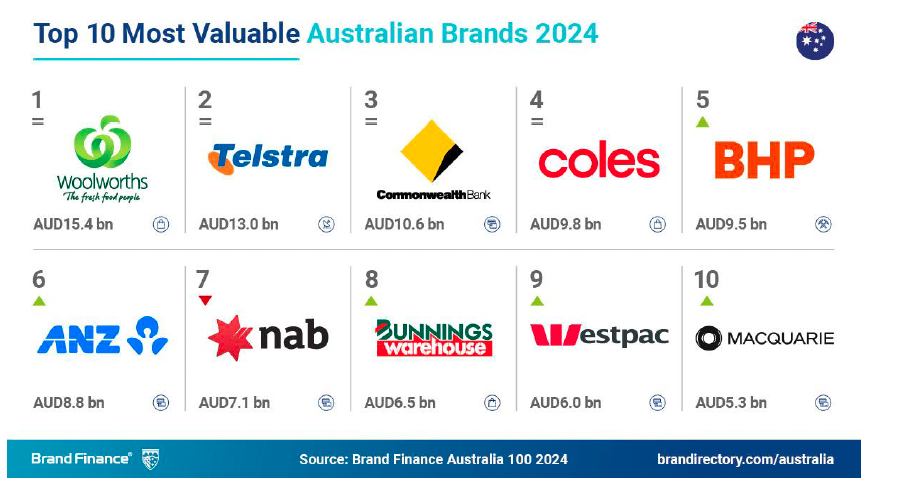Hays Salary Guide reveals marketers, media rate highest on dissatisfaction levels against sluggish wage growth, tough job conditions

Marketing professionals are among the roles facing rising dissatisfaction and low economic confidence as Australia’s salary landscape becomes more polarised than ever, according to the latest Hays Salary Guide, while media professionals are the most unhappy, with three in four feeling underpaid.
The new Hays report shows engineers, finance and legal professionals reported the strongest salary growth and highest satisfaction scores, with some even suggesting they are overpaid. By contrast, trades, architecture, sales and marketing professionals were among those reporting stagnant wages, rising dissatisfaction and tougher job markets. It’s a sign of how fractured Australia’s workforce is, says Hays.
The Hays Salary guide FY25.26 surveyed more than 12,000 professionals and hiring managers across 1000 roles and 25 sectors. One-third changed jobs in the last year, prompted by low salary (35%) and lack of career progression (32%). Significantly, 61% expect to leave their jobs in the next 12 months, driven by lack of future opportunities, low salary, unchallenging roles and job security. This is against the finding that 84% of companies experienced skills shortages over the past year, half of them rating this shortage as extreme.
The biggest movers are those aged 40-59 in intermediate or management roles – the very cohort most affected by skills shortages,, Hayes says.
Engineering led the pack with 38% reporting they feel fairly paid and 6% say they’re overpaid for their responsibilities. They’re closely followed by accountants and auditors, with 33% stating they are fairly compensated. Construction is on the up, and a 75% rise in satisfaction levels was recorded in the last year, as infrastructure spending and talent shortages pushed average salaries up by 11.7%.
By contrast, architecture and design professionals are experiencing sharp discontent, with 61% saying they plan to change jobs in the next 12 month, the highest job change intentions across the sectors. Sales and marketing professionals are also unhappy, and there’s a 33% increase in dissatisfaction due to cultural misalignment and poor work-life balance. There was also a 46% increase in trade workers describing themselves as “very dissatisfied”.
“When organsiations invest in their people, we see stronger employee satisfaction and loyalty,” Hays CEO APAC, Matthew Dickason, said. “However, when salaries fall short of expectations, there’s a real risk of losing talent.”
The top five sectors for year-on-year salary growth in FY25/26 do show how there is some sluggish improvement in the economic state of play for Australia. Financial & Insurance Services has 12.9% year-on-year growth, followed by construction (11.7%), IT/Tech system design (9.6%), legal (7.8%) and mining (6.9%).
On one brighter note, several high-growth industries and media topped the charts for future pay intentions, with employers in media (31%), legal (14%), construction (12%), technology and IT (9%), sales, marketing and PR (8%) most likely to offer transformational pay increases of 20% or more in FY26.
Yet paradoxically, media professionals are the most likely to receive a big raise and the most dissatisfied, with 70% expressing dissatisfaction and 76% feeling they are underpaid.
In the marketing and digital sphere, Hays shows the typical marketing director’s salary in NSW is $210,000, versus $205,000 in Victoria and $200,000 in Queensland. Brand managers are sitting between $110,00 and $120,000 across the states, campaign managers average $115,000, and product managers go from $90,000 (South Australia) to $130,000 (NSW). A typical communications manager is earning $130,00 – $140,000, while a digital marketing manager is between $125,000 (WA) and $150,000 (NSW). Group account directors are on $175,00 – $180,000, while senior account managers are sitting on $100,000. Across seniority levels more broadly, 75% of directors feel fairly paid, 72% of c-suite leaders report strong satisfaction and 66% of mid-level managers say their pay reflects their responsibilities. By contrast, half of 25-49-year-olds and 42% of 30-39-year-olds feel significantly underpaid, and employees earning under $100,000 are the most likely to feel undervalued. In fact, 12% say they are “grossly underpaid” for the work they do.
Hays report also shows the prevailing difference between male and female pay: Females earn 10% less than their male counterparts on average, a ratio that’s more pronounced at higher income bands, even controlling for full-time roles. And men outnumber women 2:1 in roles earning over $200,000.
Another notable pointed out by Hays is that AI is causing a gridlock in the jobs market, with recruiters and employers inundated with embellished or generic CVs, dragging out the process and making it harder to find the right talent.
Looking a little further afield, Hay said churn risk remains high in sectors facing pay stagnation and structural work challenges, and list that includes information media and telecommunications. Flexibility is also no longer an option – six in 10 employees say it’s their most valued benefit, outranking all others.
“The labour market is no longer forgiving,” Dickason said. “Employers who act now to benchmark roles, align pay with performance and benefits with expectations, and reward potential will win. Those who don’t will lose their best people to hungrier competitors and more giving industries.”





